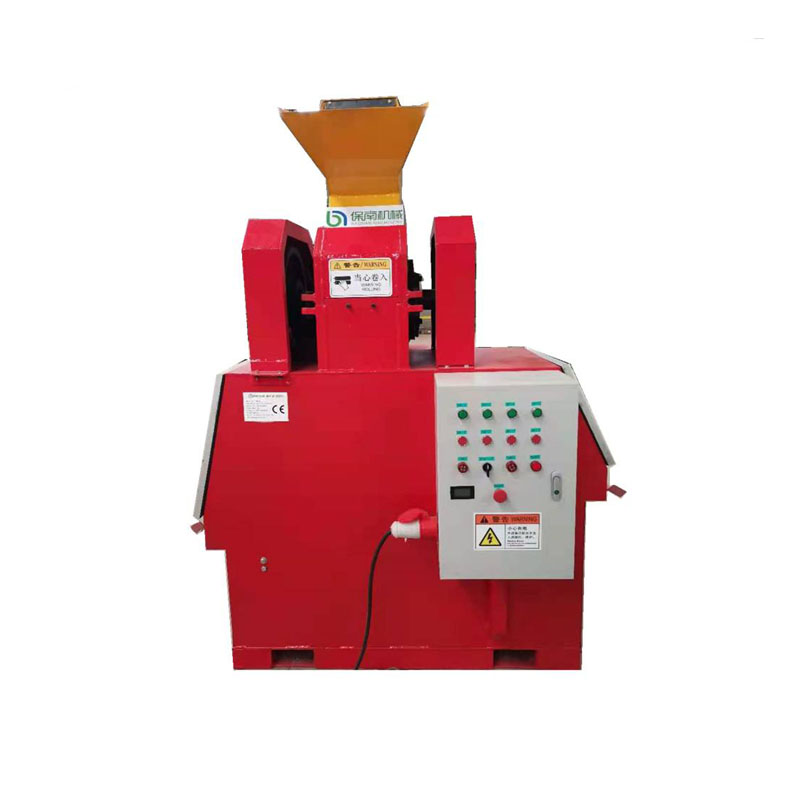The demand for non-ferrous metal separation has never been more crucial, especially in industries focused on recycling and sustainable waste management. Understanding this intricate process is essential for improving product efficiency and achieving environmental compliance.

Non-ferrous metals like aluminum, copper, lead, and zinc are widely used across various sectors due to their durability, conductivity, and resistance to corrosion. The separation of these metals from waste not only preserves valuable resources but also minimizes environmental impact. Advanced separation techniques involve a combination of mechanical, magnetic, and chemical processes.
One of the most effective methods employed is eddy current separation, which uses magnetic fields to repel non-ferrous metals from other materials. The process involves rapidly changing magnetic fields induced by high-speed rotating drums or belts, which create eddy currents in the conductive non-ferrous metals. These eddy currents generate a magnetic field that repels the metal away from the conveyor belt, separating it from the non-metallic waste stream. Eddy current separators are extensively utilized in automotive shredder residue (ASR) recycling and in the recovery of materials from waste electrical and electronic equipment (WEEE).

In addition to eddy current technologies, air separation techniques are gaining traction in the industry. Air separation systems utilize air classifiers, which stratify materials based on density, enabling the isolation of lighter non-ferrous metals such as aluminum from heavier debris. These systems are particularly effective for mixed material streams and can enhance the purity of the recovered metals, improving their market value.
Chemical separation methods also play a vital role, especially in complex waste streams where mechanical methods prove insufficient. Hydrometallurgical processes use aqueous chemistry to selectively dissolve and recover non-ferrous metals. This approach is effective for metals like copper and nickel, extracted as salts, which can be further processed into pure metal forms. Pyrometallurgical methods, involving high-temperature treatments, are employed for metals resistant to chemical separation and for concentrate-rich streams.
non ferrous metal separation
Technology in non-ferrous metal separation is advancing with digital sorting systems that use sensors and data algorithms to identify and separate materials based on physical and chemical characteristics. These systems enable precise sorting, reduce contamination, and increase recovery rates. These innovations increase efficiency, decrease manual labor costs, and reduce human error, ultimately augmenting the profitability of recycling operations.
Investing in cutting-edge separation technology showcases a company's commitment to sustainability and resource efficiency. Businesses can achieve significant cost savings by lowering landfill deposits and decreasing raw material purchases through effective recycling. Moreover, adhering to environmental regulations and certifications becomes streamlined, adding to the company's credibility and trustworthiness among consumers and stakeholders.
Industrial actors engaged in non-ferrous metal separation must prioritize safe operational practices and regular equipment maintenance to ensure consistent performance and durability. Partnering with renowned technology providers ensures access to the latest advancements and industry-specific solutions tailored to unique material streams.
For companies embarking on this path, professional consultation with experienced metallurgists and engineers is invaluable, offering guidance on optimizing separation processes to meet specific business needs. Ensuring team member proficiency through training and staying abreast of new regulations and technological advancements is integral to maintaining a competitive edge in the field of non-ferrous metal separation.
The future of non-ferrous metal separation hinges on the integration of advanced technologies and sustainable practices. Companies that invest in innovative separation solutions today not only contribute to the environment but also position themselves as leaders in the evolving landscape of industrial recycling.


